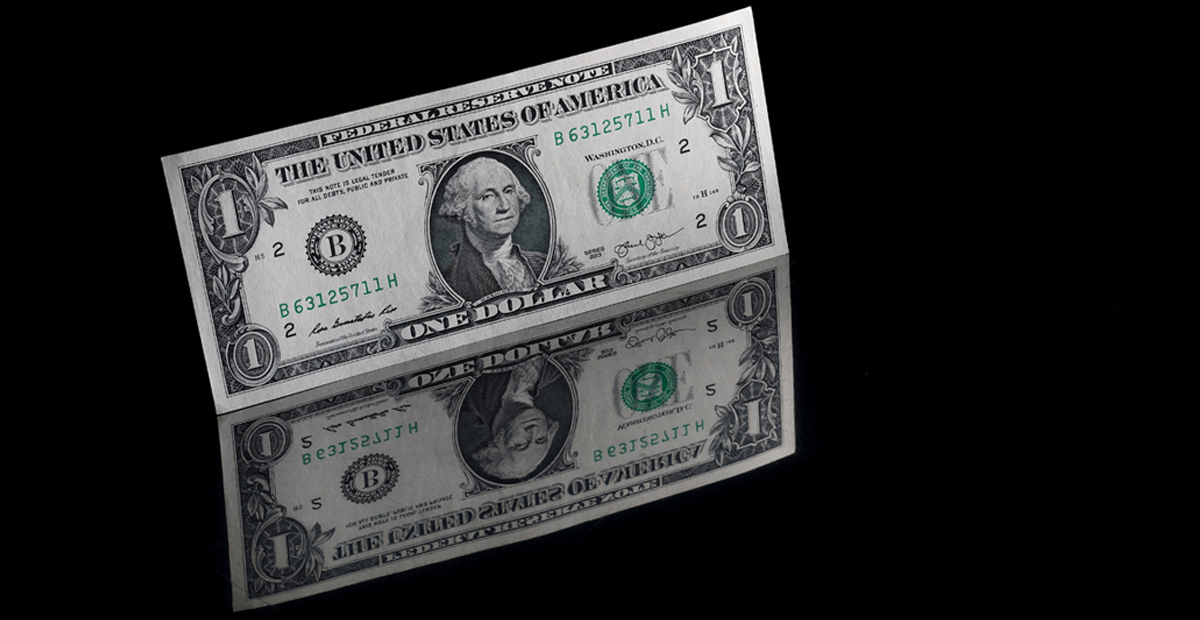Dollar Strengthens, Yen Weakens as Bets on Fed Rate Cut Decline
On Thursday, the U.S. dollar exhibited robustness following the release of U.S. inflation data that surpassed expectations. This data dampened the previously held anticipation of the Federal Reserve commencing its rate-cutting cycle as early as June. Meanwhile, the yen experienced a significant decline, dropping to levels not seen since the mid-1990s.
The yen’s descent to a 34-year nadir of 153.24 against the U.S. dollar on Wednesday has rekindled concerns about potential market interventions. Japanese authorities have voiced their readiness to take necessary actions to address excessive currency fluctuations. Masato Kanda, Japan’s top currency diplomat, emphasized the government’s readiness to counteract rapid movements in the currency market.
In 2022, Japan had intervened in the currency market three times to stabilize the yen as it approached a 32-year low of 152 to the dollar. However, on Thursday, the yen saw a slight recovery, strengthening to 152.88 per dollar. This marginal rebound occurred after U.S. consumer price index data indicated a 0.4% monthly increase in March, surpassing the 0.3% forecast by economists.
Financial market experts, like Kyle Rodda from Capital.com, predict that Japanese authorities will continue to assertively manage the currency’s movements, possibly through interventions if market conditions become disorderly. Rodda suggests that a shift in the Bank of Japan’s stance towards more hawkish policies could be a key driver for a more lasting turnaround in the yen’s trajectory.
Despite the yen’s recent drops, Bank of Japan Governor Kazuo Ueda clarified that currency fluctuations would not directly influence the central bank’s monetary policy decisions. This statement came amidst speculation that the yen’s steep decline might compel the bank to raise interest rates. Even after ending eight years of negative interest rates last month, the yen has largely remained around the 151 per dollar mark.
The yen’s low interest rates have long made it a favored currency for carry trades. In these trades, investors typically borrow in a currency with low yields to invest in assets with higher returns.
The unexpected inflation data has led traders to reconsider their predictions regarding the Federal Reserve’s interest rate cuts. The anticipation of these cuts has been significantly pushed back, with market expectations now indicating a reduced likelihood of a rate cut in June. According to the CME FedWatch tool, the probability of a June rate cut has dropped from 50% before the inflation data release to just 18%. Market sentiment now favors September as the more probable starting point for rate reductions.
These shifts in expectations are also reflected in traders’ outlooks for the extent of rate cuts this year, which now stand at a substantially lower level compared to the 75 basis points of easing initially projected by the U.S. central bank. At the beginning of the year, traders had anticipated over 150 basis points of cuts in 2024.
Kevin Cummins, chief U.S. economist at NatWest, notes that the current trends in core CPI do not align with the Fed’s targets, leading to adjustments in rate cut expectations. Cummins anticipates the first rate cut of 25 basis points to occur in September, followed by two additional cuts within the year.
Following the inflation report, U.S. Treasury yields spiked, propelling the dollar index, which tracks the greenback against six major rivals, more than 1% higher on Wednesday to a near five-month peak of 105.30. The index was last recorded at 105.13 on Thursday.
Yields on 10-year Treasury notes slightly decreased to 4.554% in Asian trading hours, staying close to the five-month high of 4.568% reached on Wednesday.
In the currency market, the euro was last seen at $1.0744 after dropping 1% on Wednesday. The European Central Bank’s upcoming meeting is highly anticipated, with a keen focus on any indications of interest rate cuts starting in June. Sterling was trading at $1.2538, up slightly by 0.06%, while the Australian dollar remained stable at $0.651. The New Zealand dollar, on the other hand, fell marginally by 0.17% to $0.598.

.webp)




